Executive Summary
Implementing an effective lubrication program is one fundamental method for eliminating contamination and increasing efficiency. Methods vary across the industry, but readers agree on a few key strategies, including proper storage and handling, filtration and training of staff. The human element can be particularly tricky, as it requires education and buy-in from management on down. While most readers recognize the potential for cost savings, the initial costs can be a barrier for implementation.
Can the implementation of a lubrication program reflect a cost savings within the maintenance budget by reducing cleaning effort for inspection?
Yes
83%
No
17%
Based on an informal poll sent to 15,000 TLT readers.
Q.1 When developing a lubrication program, what are the best methods to ensure that the lubricants can be delivered clean and dry to equipment throughout a facility?
Making sure all receiving, storage and handling are in proper order with onsite testing and filtration of all products. Training and educating all staff in proper handling of lubricants and why it needs to be done.
Any time you move/transfer oil, try to do it through a filter, (i.e., barrel pump filters, filter carts, dedicated new oil filtration) and use sealed transfer containers for smaller quantities.
Humans are involved, so even the best protocols will be broken. Your best bet is to limit the number of product transfers, eliminate or control transfer vessel, and, if possible, filter the product before it is installed in the equipment. Twenty years ago I would have written you a screed on how to keep the oil clean, but after 35 years in the industry, I’m more concerned with getting the right oil into the right compartment. We can use auxiliary filtration after that to clean up the system.
It all starts with the lube room and training. The necessary tools such as filters, filter carts and proper top-up containers have to be selected and available first to those that are tasked with the duty of delivering lubricants to the equipment. Secondly, there has to be proper training for those delivering the lubricants—plus those that manage the personnel. Training must come from top down so that those in management understand the investment and time requirements to do the job correctly and the benefit that getting lubricants to the equipment in a dry and clean state will provide the facility in increased uptime and production.
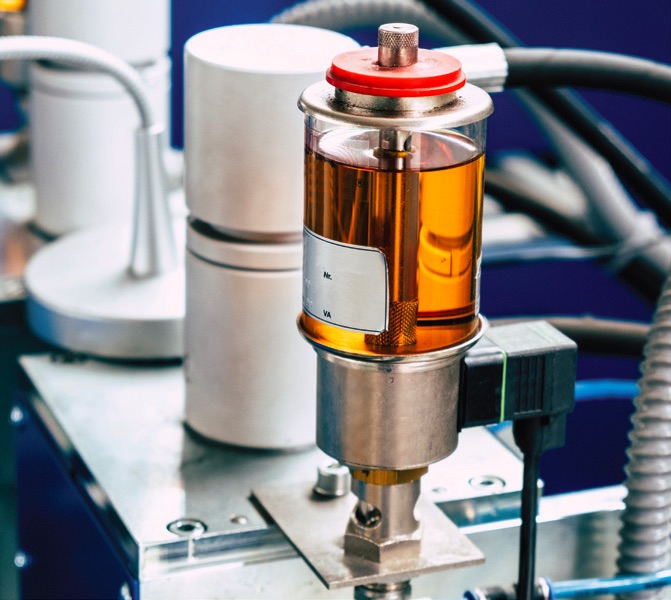
The use of a portable filtration cart for pumping oil from the package to the equipment. Also, the use of fast connection hoses.
Chromatography-based methods.
Fill oil to the unit using an appropriate filter cart. Desiccant breathers on storage tanks.
Careful planning and setting up a proper program that has buy-in from all personnel to include management and suppliers.
Training that draws on real-life case studies showing the criticality of the right fluid, delivered clean and delivered dry. Old habits die hard, and evidence is the best way to enact behavioral changes. Of course, that must be backed up with attention to providing the proper tools, containers, connections, labeling, desiccant caps, etc., to facilitate proper behavior.
Storage and transport conditions are key. Lubricants especially should be stored at the appropriate temperature and recommended conditions. Proper container covers and protected storage efforts must be made to ensure the lubricants are not contaminated. Temperature, at least here in the Northeast U.S., is always a concern with the freezing and thawing of material within a short few-hour period. This may stress the lubricant beyond its designed conditions.
Following the lubricant manufacturers or OEM procedures. Lubrication systems. Best practices in lubricant handling.
Start clean, store clean. Transfer clean. Install clean.
Ensure that the containers of lubricant are sealed properly and do not contain any signs of damage to the drum or tote. When delivered using a bulk transfer, the hoses must be dry and flushed with at least five gallons of material before offloading.
Offloading through a filter cart.
Onsite testing of oil quality. Fourier-transform infrared spectroscopy (FTIR) and particle count.
The used oil has to be drained as much as possible if flushing is not practical. The new oil has to be filtered prior to filling. Good practices during oil change and storage in recommended conditions, i.e., cool and dry ambience.
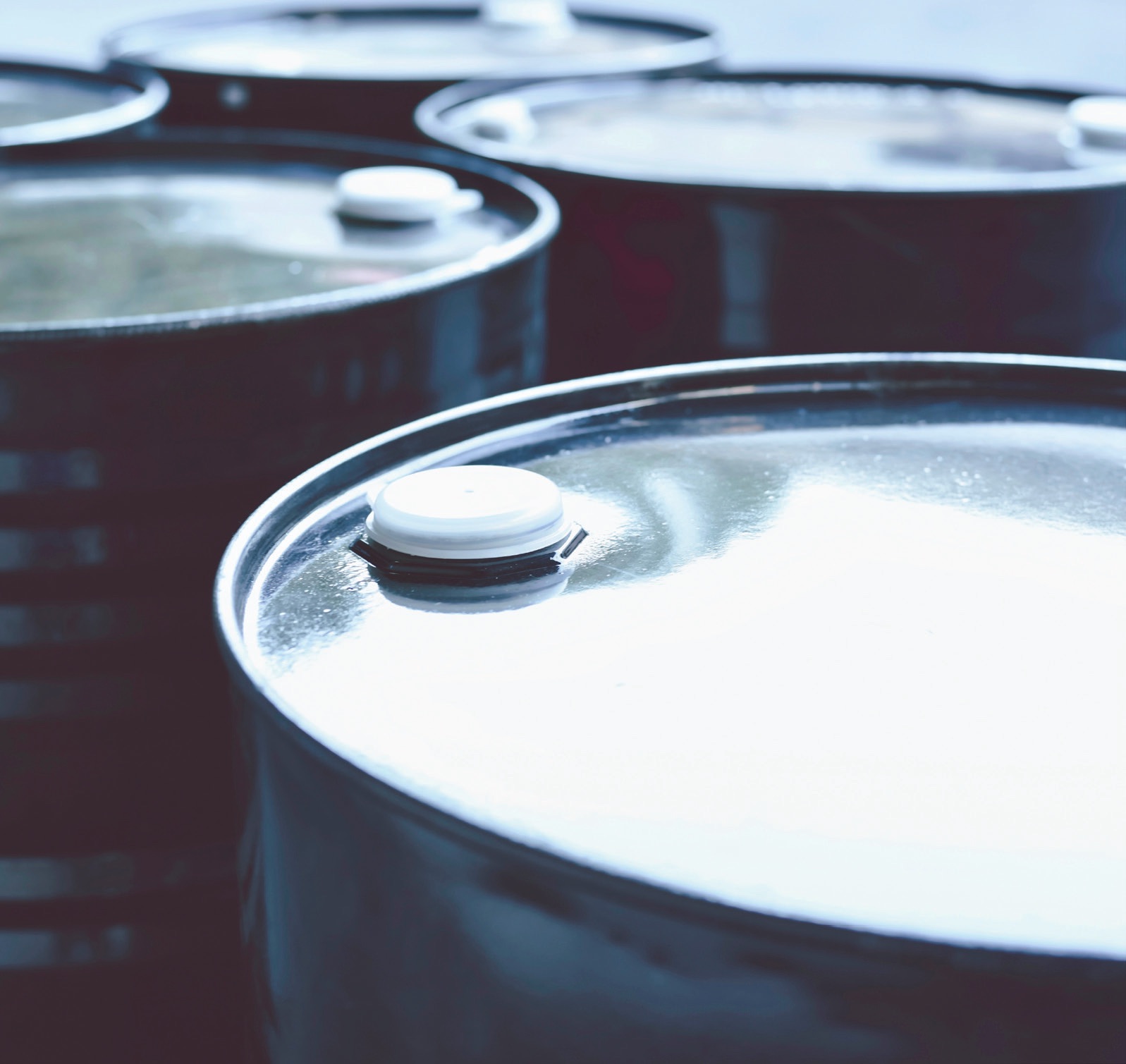
For oils, transfer the oil through a filter trolley. The last step, filling the equipment, is the most important step. For grease, either use grease cartridges color coded and color code the grease nipples. Transferring grease from drum into equipment, pump at the bottom of the onboard grease reservoir.
Filtration in several steps of the process, from start to finish, with regular quality controls.
Correct storage and handling procedures of new lubricants. Add filtration skids for adding new oil to clean oil systems. Use the correct air breather with desiccant to absorb humidity when drums are being opened. Apply correct oil dispensing systems.
The use of oil dispensing equipment should be used from the oil storage to equipment. It is always best to set up filtration on the oil storage containers, as new oils from drums, pails and bulk often do not meet ISO cleanliness codes set by manufacturers.
Make sure all containers, tanks and vessels are clean.
Good packing and delivery system.
Q.2 Describe how implementing a lubrication program can increase operational time while saving money.
Not only can it increase operational time, it also will reduce Occupational Safety and Health Administration (OSHA) recordable safety issues. There have been many documented studies on both.
Cleaner oils lead to less wear and longer drain intervals, fewer oil changes—and replacements lead to greater uptime.
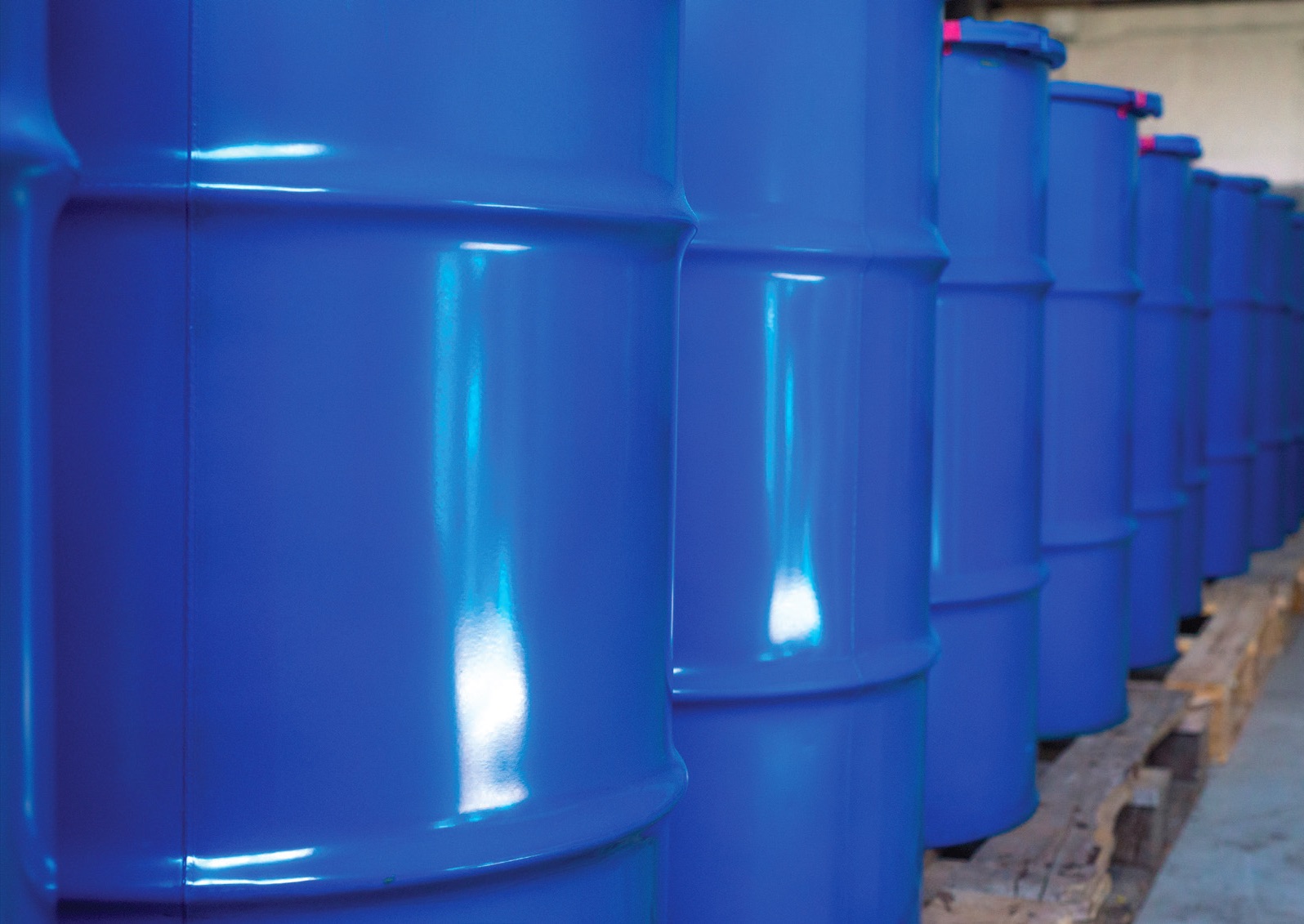
The correct lubricant in the correct compartment on equipment operated at the proper heat and pressure will add to equipment life. However, this is rarely the case. My largest customer, a fracking company, insists on running engine oil 900 hours before draining the oil—shocked? It has taken me three years to drop the drain interval from 1,200 hours. Most engine manufacturers recommend a 500 hour drain interval. The oil is the cheapest thing in the engine, and uptime is the most important consideration, but the lubricant is often stressed beyond its capability.
The upfront cost and time requirement can be astronomical to implement a sustainable lubrication program. If done correctly, the benefits of longer equipment life, uptime availability of the equipment and reduced maintenance expenditure are some of the key areas of savings. One additional area of savings that facility stakeholders often miss is manpower hour reduction or being able to focus on higher level tasks. Often, reliability folks get into a habit of figuring out how to keep the equipment running versus focusing on eliminating the root cause of failure. As simple as it sounds, a good lubrication program is built on the fundamentals of right lubricant, replenishing it at the right time, using the right people and having the right knowledge.
Good lubrication means minor wear, which means less failure and more reliability. Since the mobile parts in the equipment are running smoothly (well lubricated), nothing should fail.
The use of highly specialized replaceable sensors (microelectromechanical systems [MEMS] based) to measure selected characteristics of the lubricant, e.g., viscosity, located at critical points in the lubrication circuit (where there may be release/accumulation of debris, contaminants). Such sensors must be sensitive, repeatable and calibrated, according to stringent requirements, and be able to send measured signals online. Such specialized sensors lead to maintenance based on the condition of the facility, and if produced in large series, they can be relatively inexpensive.
An appropriate lubrication program can help to reduce unplanned downtime, which can be a major cost saving by preventing any unscheduled production shutdowns as well as costly repairs. In addition, using the correct lubricant in the correct amount and monitoring the condition can lead to more economical use of the lubricants themselves and avoid unnecessary waste (and subsequent costs).
Less wear on equipment can reduce maintenance-related downtime.
Proper equipment makes it easy to do it right, saving time, and doing it right prevents unplanned/surprise downtime and the added cost (some hidden, some not) that occurs.
Planning downtime is a key money saver, as you can plan other maintenance and installation activities around the lubricant program. Since the program is on a schedule, you always set up a period where there is an opportunity to inspect, improve or install equipment. Cost savings can be compared against the list replacement parts cost, installation labor and theoretical downtime (in hours) to repair. Some critical areas can amount to significant cost per hour of run/downtime.
Lower contamination and lubricant degradation will increase the life of the lubricant, thus will increase the operational time with less maintenance and operation shutdowns.
Reduce service cycle time. Reduce downtime. Increase time between overhauls.
A successfully implemented lubrication program will increase operational time by ensuring that the lubricant received is in the same condition as when it left the manufacturing facility containing a Certificate of Analysis to provide product traceability, as well as using it as a means of checking incoming material before it is used at the end-user’s manufacturing plant. This will save money by limiting or eliminating any downtime, as well as any defective or damaged material that was produced using a lubricant that does not meet the specifications outlined by the purchaser of the lubricant.
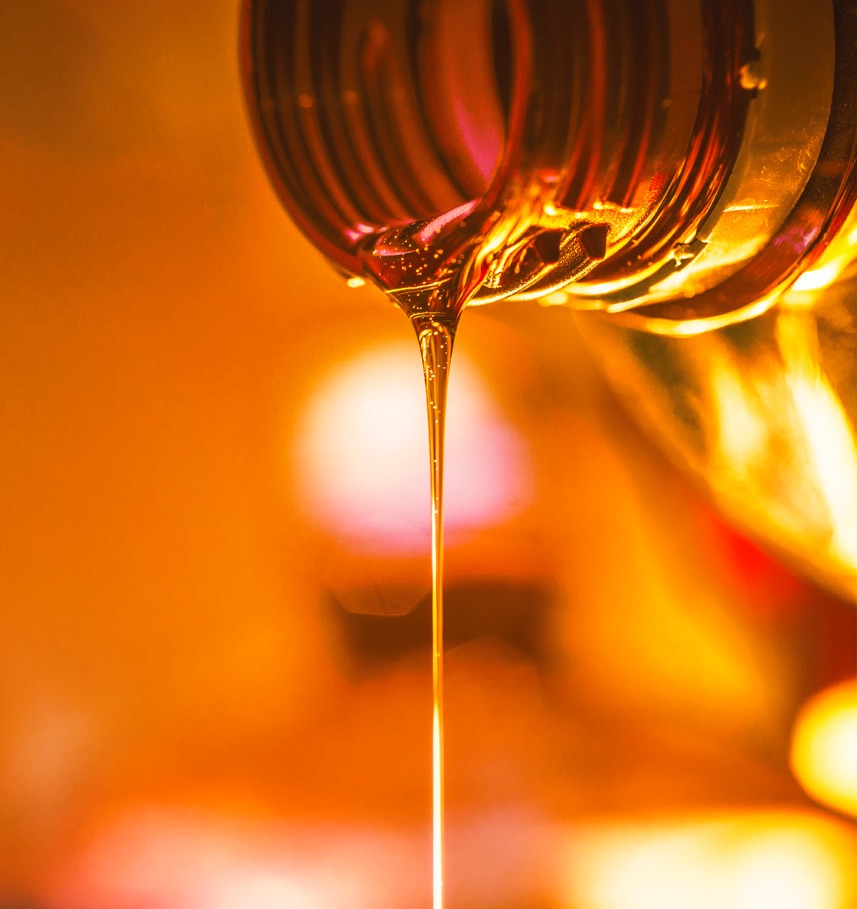
Keeping water and dirt out of oil reduces wear and increases fluid life.
A properly implemented onsite lubrication program can easily identify and mitigate issues/conditions as they happen.
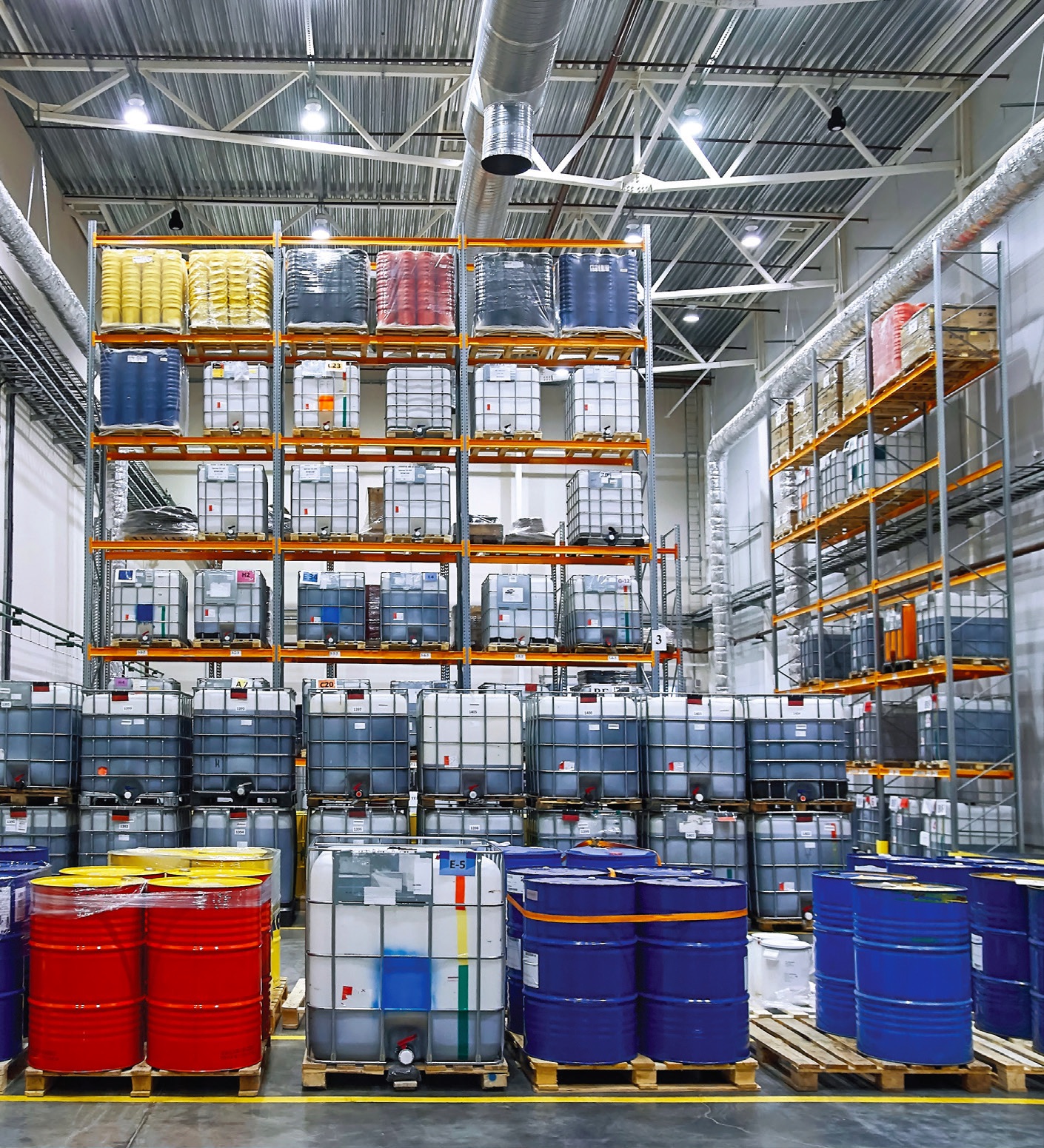
I will use the oil conditioning methods to monitor the oil performance and establish the optimum oil service life; for essential equipment, I will recommend machinery conditioning as well. Additionally, selection of the lubricants will impact the oil performance in terms of thermo-oxidative stability and other lubrication factors.
The best way of lubricating, especially greasing, equipment is when the machine is in operation. Therefore, accessorize the application in such a way that top-ups, greasing and sampling can safely be done without production interruptions. On the program itself, ensure the correct lubricant is used correctly, which requires engineering on the application. A gear-box might need a different gear oil despite what the plate on the gearbox states due to operational conditions.
Anomalies and disturbances can be detected and corrected before any delivery.
By ensuring the right oil quality at the right time, in combination with the appropriate oil analysis methods (and parameters), lubricant professionals can better assess the lubricant quality to extend the lubricant and equipment lifetime.
Reducing the ISO codes of lubricants in equipment can increase the life of equipment up to four times. This, in turn, reduces unplanned outages, which results in savings for the facility.
It helps reduce downtime.
Reduced losses. Good reputation. Neat and clean operations.